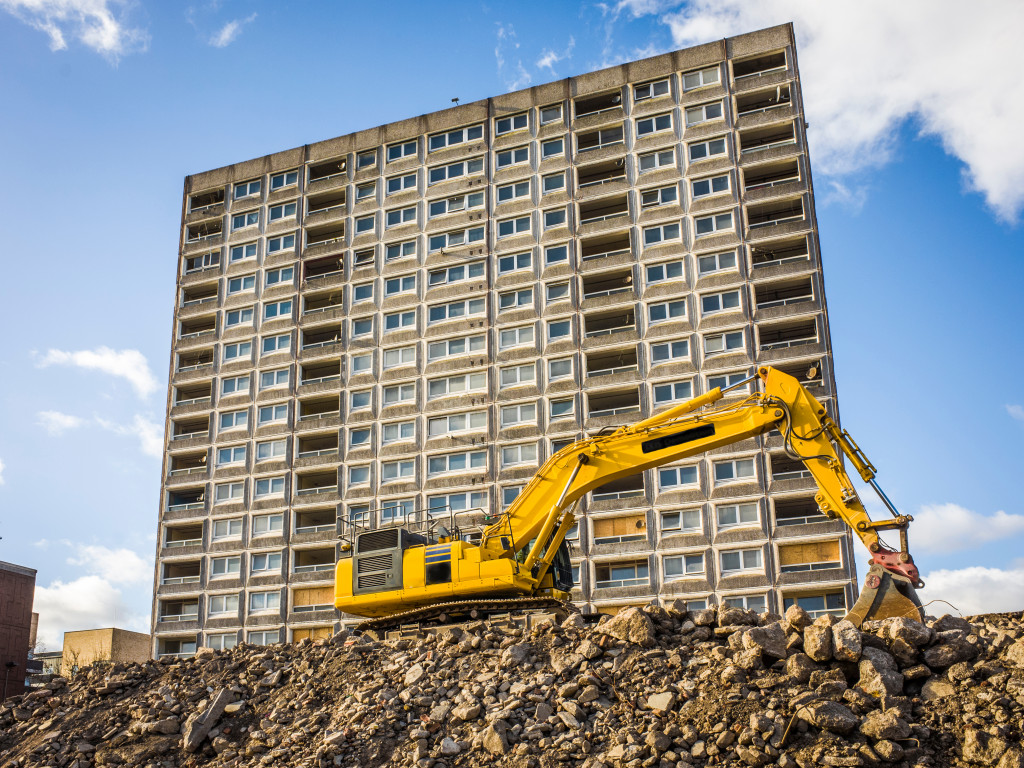Climate change is a very real problem that affects all sectors of society. It is one of the greatest threats that the world is facing right now because, already, people from across the planet are experiencing its consequences. Over the years, we have witnessed unusually strong typhoons and hurricanes wreck communities and claim hundreds of lives. Wildfires that devour acres of forests, killing wild animals.
The situation is growing more serious every year, and everyone has the responsibility to take action against climate change. Consumers, especially, are expecting companies to step up and adopt more environmentally-friendly products and services. Many have already heeded the call. Automobile manufacturers such as General Motors and Volvo have made the commitment to produce more electric vehicles in the near future. Clothing brands Zara and H&M are recycling used clothing and fabrics as well as sourcing for eco-friendly materials. Even fast-food chain McDonald’s has pledged to use only sustainable packaging globally.
Changes are happening in the construction industry, too. Although the industry is notoriously wasteful, there have been efforts to reduce pollution (air, land, and noise) and its overall greenhouse gas emissions.
The Rise of Green Building

In recent years, there has been a greater interest in so-called green buildings, infrastructures that are designed to minimize their negative impact on the environment. Green buildings are energy and water-efficient, use renewable sources of electricity, use materials that are sustainable and non-toxic, encourage reusing and recycling, and have good indoor air quality.
Any building, whether a home or an office, can be green if its design, construction, and operation place the environment as a priority rather than an afterthought. It seeks to preserve nature and improve the quality of life of everyone.
Green buildings are popping up in major cities around the world. Some famous examples include the ACROS Fukuoka Prefectural International Hall in Japan, Pixel Building in Australia, CopenHill in Denmark, Museum of Tomorrow in Brazil, and Shanghai Tower in China. However, the United States is reportedly the country with the highest number of green buildings, with over 124,000 buildings certified by the Leadership in Energy and Environmental Design (LEED).
Introducing Eco-Friendly Technology in Construction
New technology is also helping make the process of building a structure better for the planet by reducing its carbon footprint.
More companies are experimenting and utilizing recycled materials or materials from sustainable sources. A plant-based polyurethane rigid foam and sheep’s wool are great alternatives to regular insulation. These materials improve energy-efficiency of a home without creating more garbage that will eventually be dumped in a landfill. Hempcrete, which uses the inner filbers of hemp-plant, mimics the look of concrete. It is sturdy and, best of all, it absorbs more carbon dioxide than it emits.
Manufacturers and suppliers of construction equipment are taking steps toward sustainability, too. Buying used heavy machinery is already a better option that does reduce the impact of construction on the environment. However, there are also tools and equipment that are specifically designed to be eco-friendly. Companies such as Caterpillar and Volvo CE have introduced equipment powered by lithium-ion batteries that can be recharged over and over again. Many types of equipment also come with an internal monitoring system that regulates energy usage throughout the day.
Evolving Designs for the Changing Climates
In addition, companies are preparing for the consequences of climate change by integrating protection against extreme weather events into building design. It is no secret that, in the future, coastal towns will experience more frequent flooding or a flood that will never go away. Companies also have to prepare for record-breaking summer temperatures that might ignite wildfires in nearby forests.
It is up to the industry to develop strategies that will improve the safety of infrastructures despite extreme weather events. This includes using building materials that have been proven to be durable and more resilient to environmental elements.
Buildings will also require more shading to provide an escape from the increased solar radiation, especially in urban areas where there is not enough foliage to create a green canopy to protect against the sun.
Moreover, buildings will have to incorporate green practices such as the addition of a living roof to reduce internal temperature and water-saving features to cope with longer periods of drought.
The construction industry, just like other sectors of society, is responsible for worsening climate change. Therefore, actions have to be taken to minimize its environmental impact and prevent a climate catastrophe in the future. Although there have been efforts from individual companies to be more eco-friendly, more can still be done.





